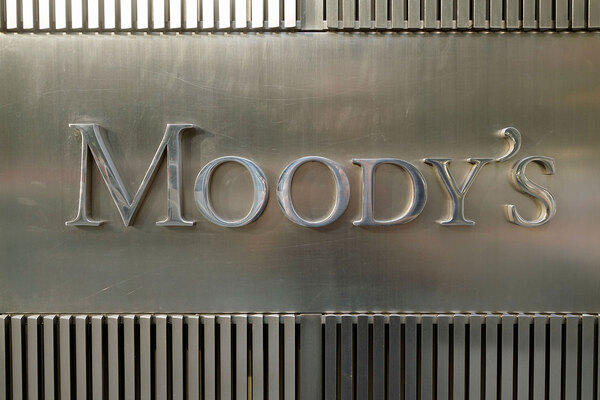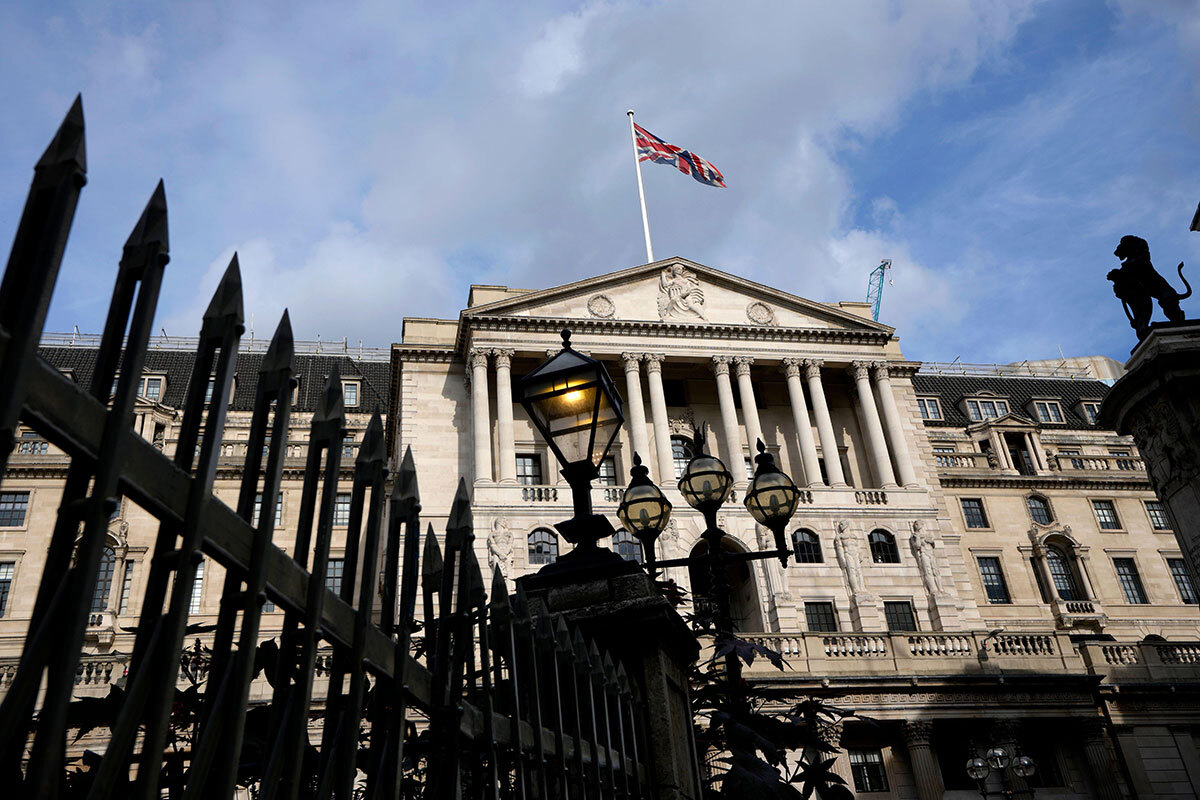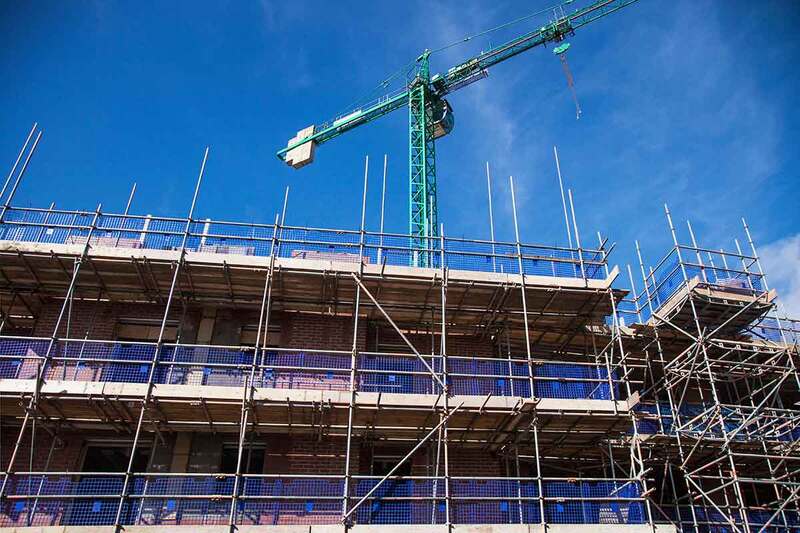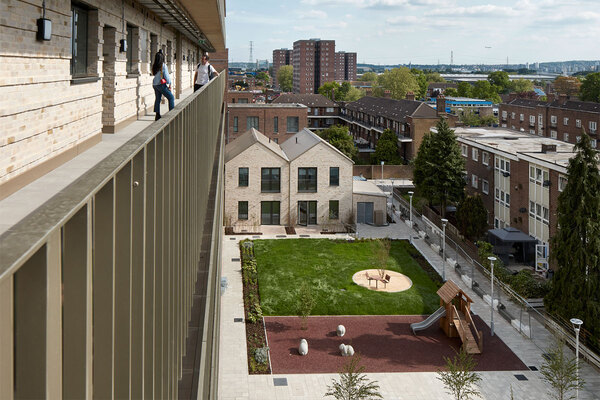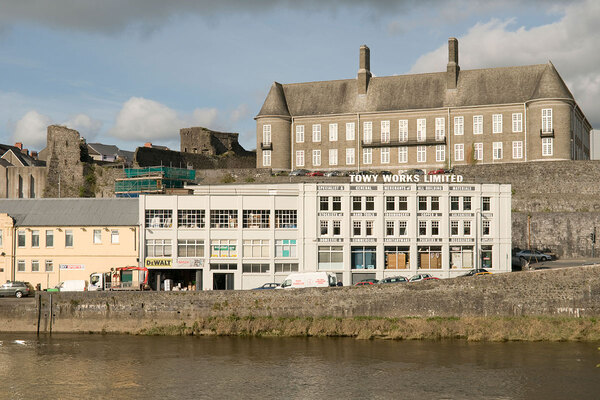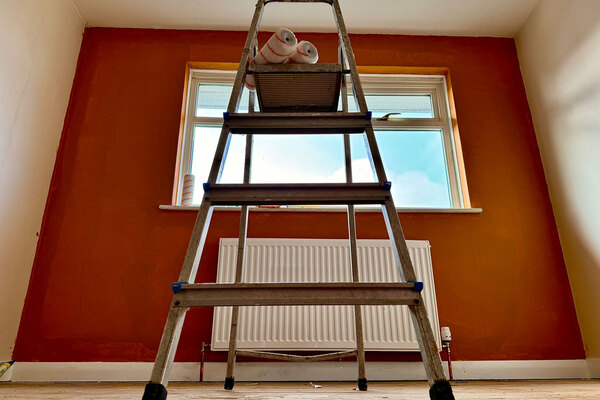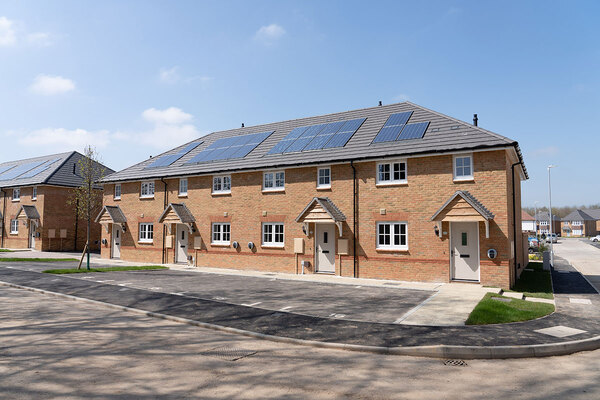You are viewing 1 of your 1 free articles
Margins to hit ‘record lows’ as Moody’s warns on negative outlook
Moody’s has warned that its outlook for housing associations’ “credit fundamentals” remains negative for this year, due to high interest rates and inflation.
The credit rating agency said it expected operating margins among the landlords it rates to hit a record low of 19% for the 2024 financial year, as organisations continue to grapple with high costs.
A “modest rise” in operating margins is expected in the next financial year.
“Housing associations will struggle to contain costs and reverse the downward trend of their core social housing businesses in 2024,” a new report from Moody’s said.
It said high costs will “persist for repairs and maintenance, a major area of spending”.
Many landlords are ramping up investment in their current stock as the focus on housing conditions, particularly damp and mould, has intensified, following a series of damning media reports, a string of maladministration findings and the Awaab Ishak case.
Higher interest rates will also drive up funding costs for the “highly leveraged” sector, Moody’s said.
Amid a downturn in the housing market, the agency warned of a drop in revenue which will cut operating cash flows for social landlords that have exposure to the private market.
Capital spending is expected to hit a high of £8.7bn in 2024, Moody’s said, due to higher spending on new and existing homes as persistent high inflation drives costs up.
“Housing associations will have to draw on existing cash and sell existing homes to fund record-high capital spending as borrowing is constrained by tight covenants,” the report said.
It added: “The erosion of profitability in housing associations’ core social housing businesses has been significant and has reduced their ability to service debt and to commit to debt-funded growth.”
Cash is also expected to hit a low in 2025 as reserves are used to fund capital spending, Moody’s said.
On a positive note, the agency said the growth rate of debt among housing associations is likely to slow as many reduce their housebuilding plans.
The agency said there were factors that could change its outlook if they came about.
“The outlook could change to stable if margins were to increase on social rented housing. This could be driven by either rents rising faster than costs or increased cost control by the sector.”
The agency also said a fall in debt costs or slower debt growth leading to increasing interest cover ratios would support a change to a stable outlook.
More government support through a “long-term, above-inflation rent settlement or higher capital grants would also be supportive”, Moody’s concluded.
The agency clarified that the negative outlook for the sector’s “credit fundamentals” is different to individual rating outlooks for landlords.
Last October, the agency moved 33 housing associations from a negative to a stable outlook in the light of falling inflation.
Sign up for our development and finance newsletter
Already have an account? Click here to manage your newsletters

